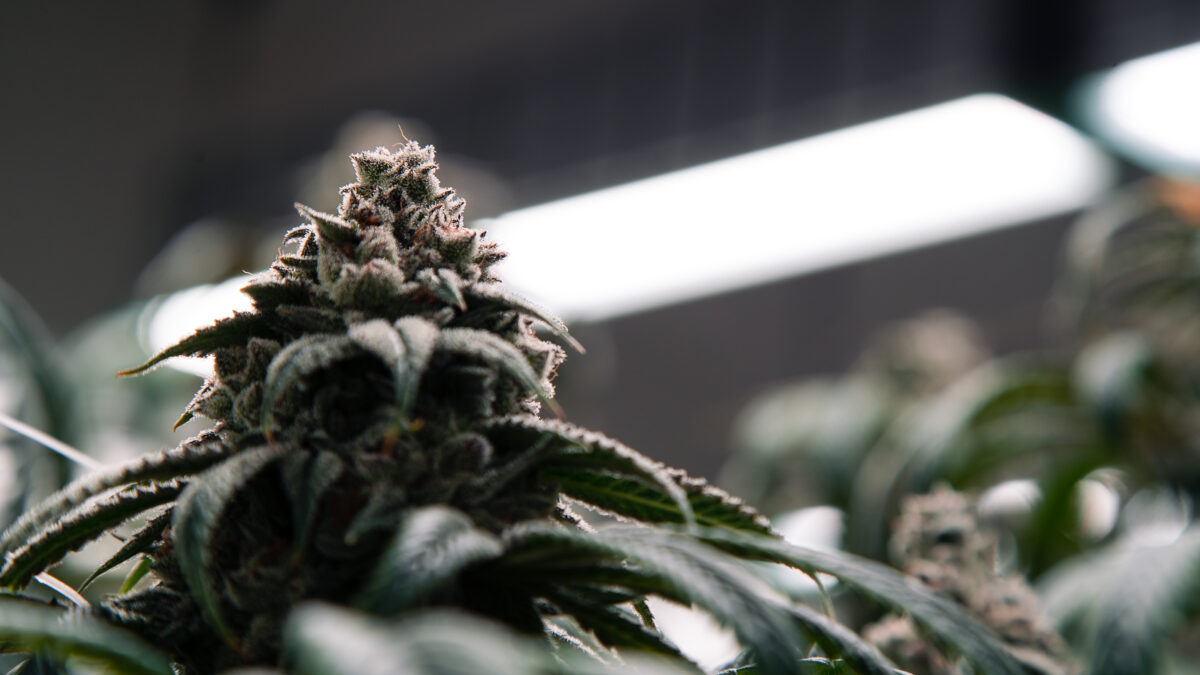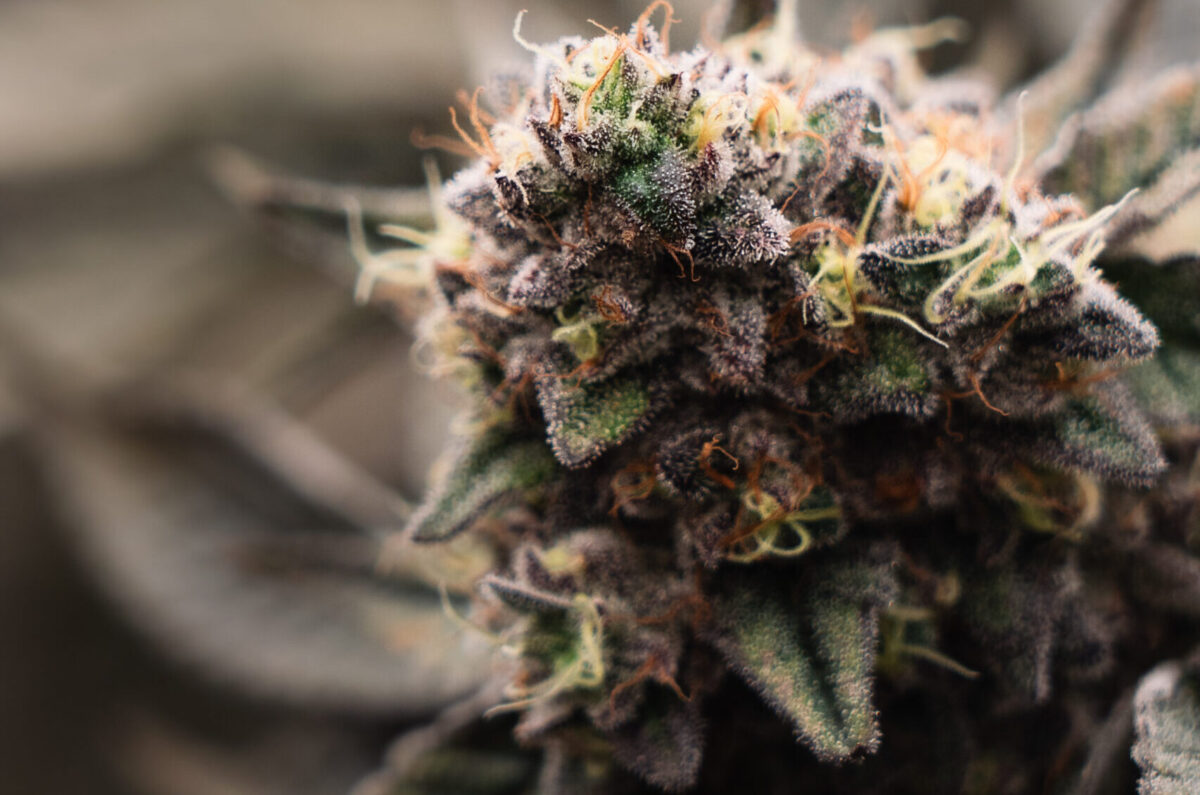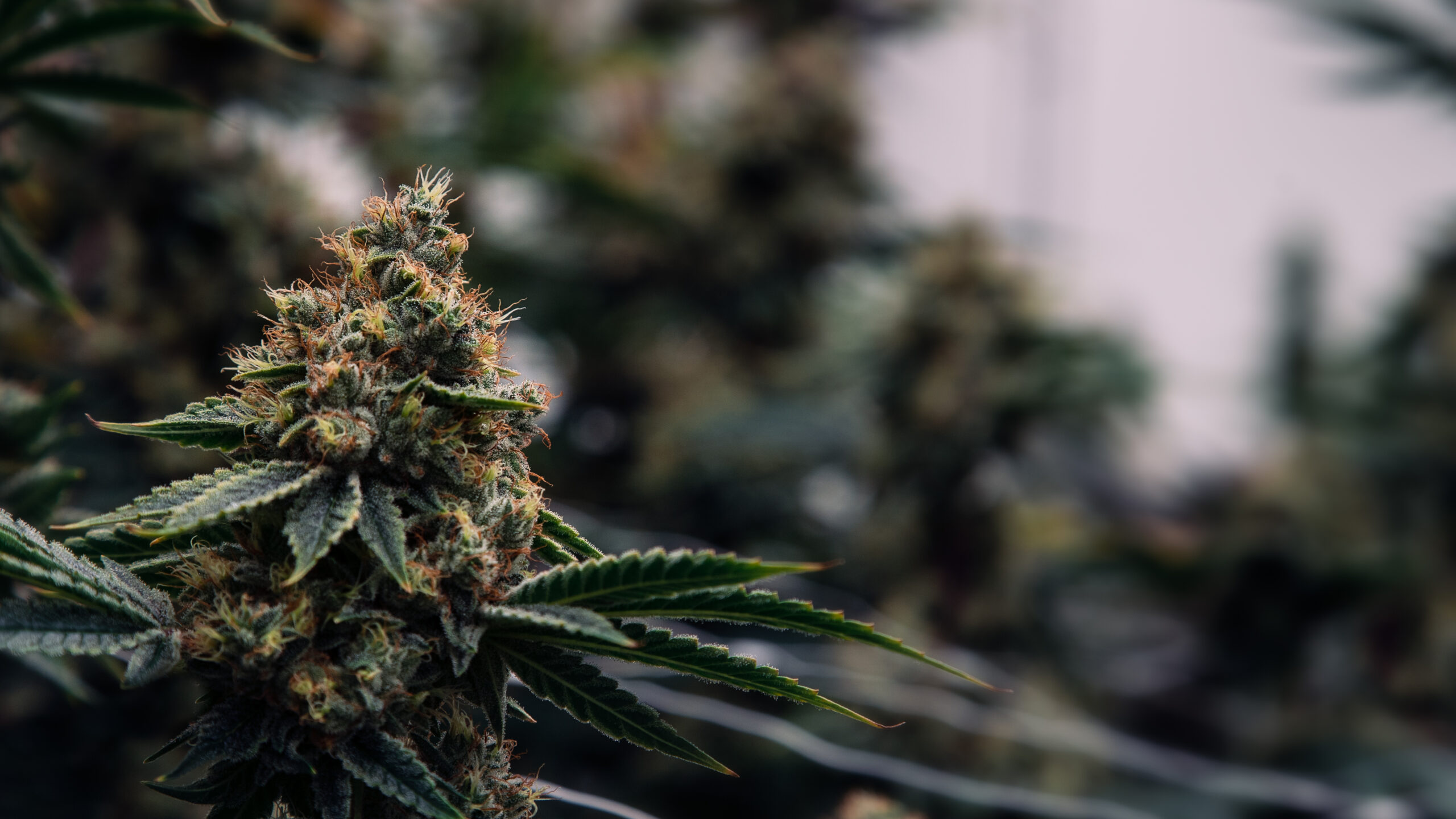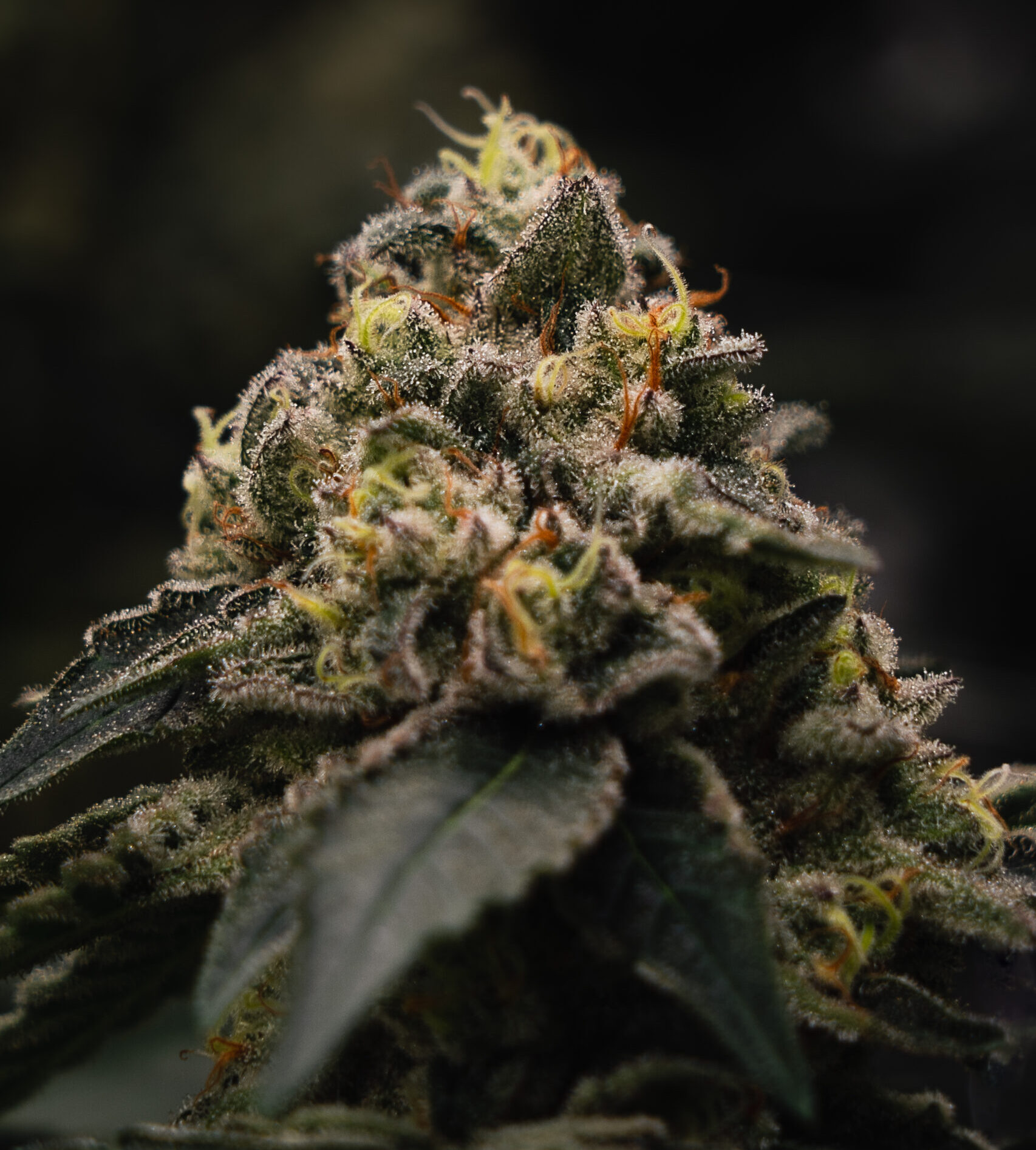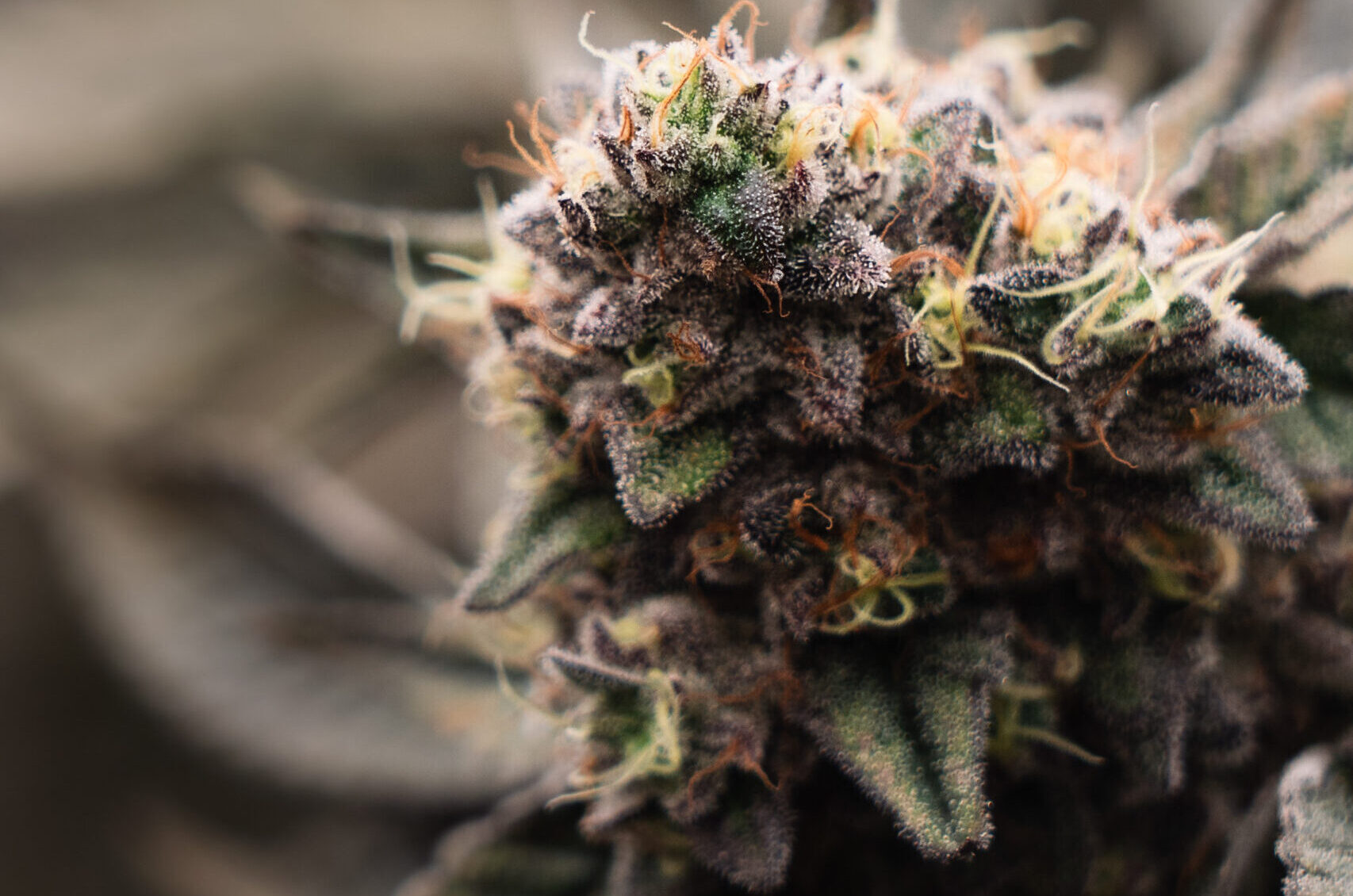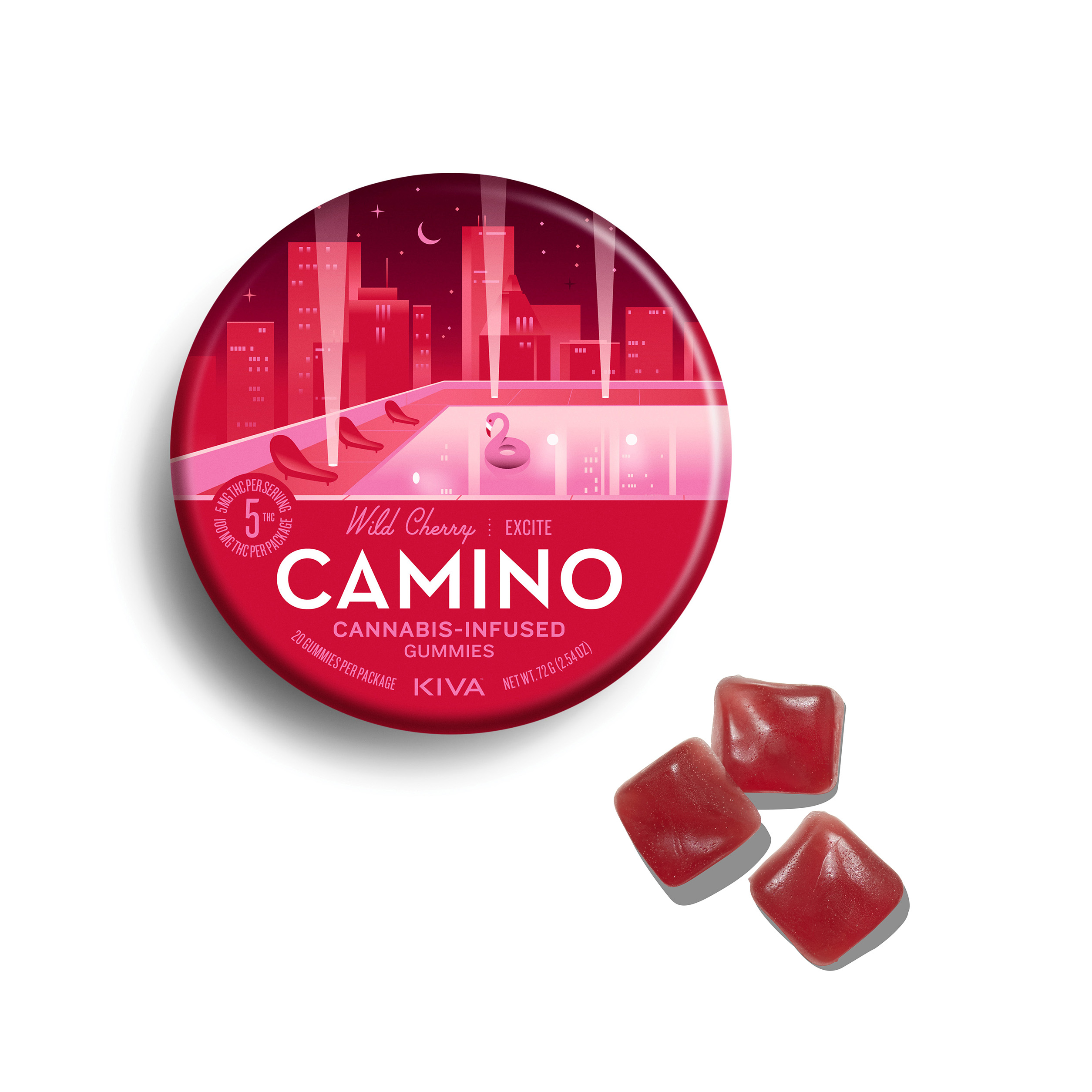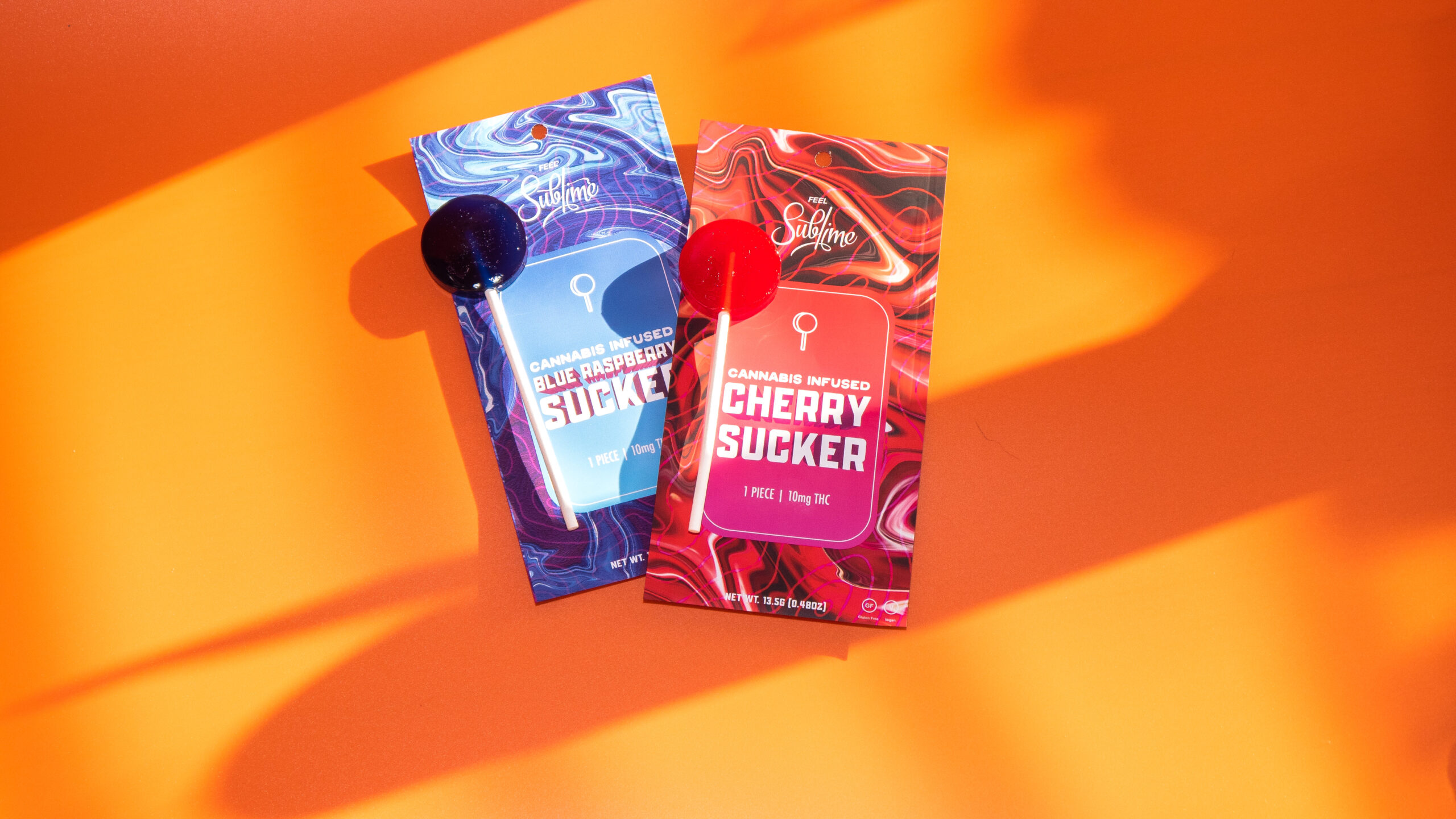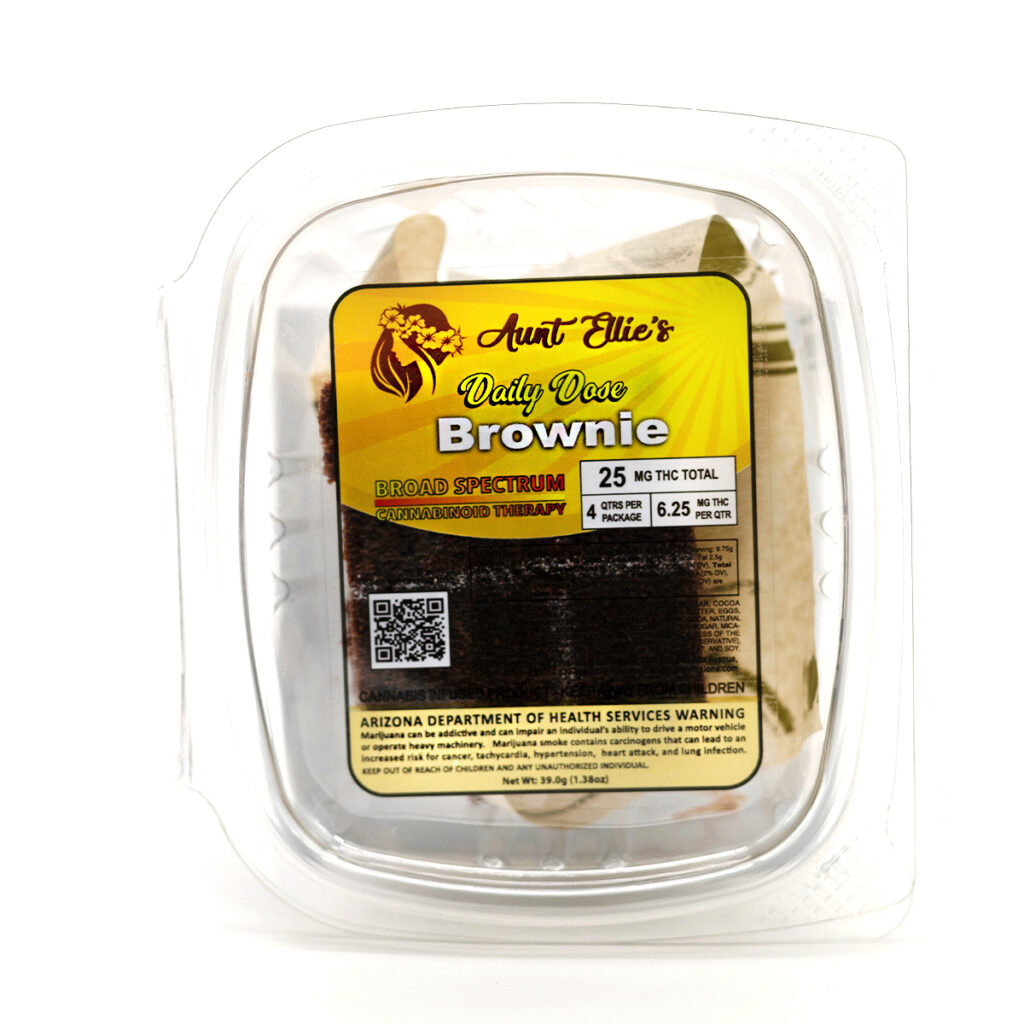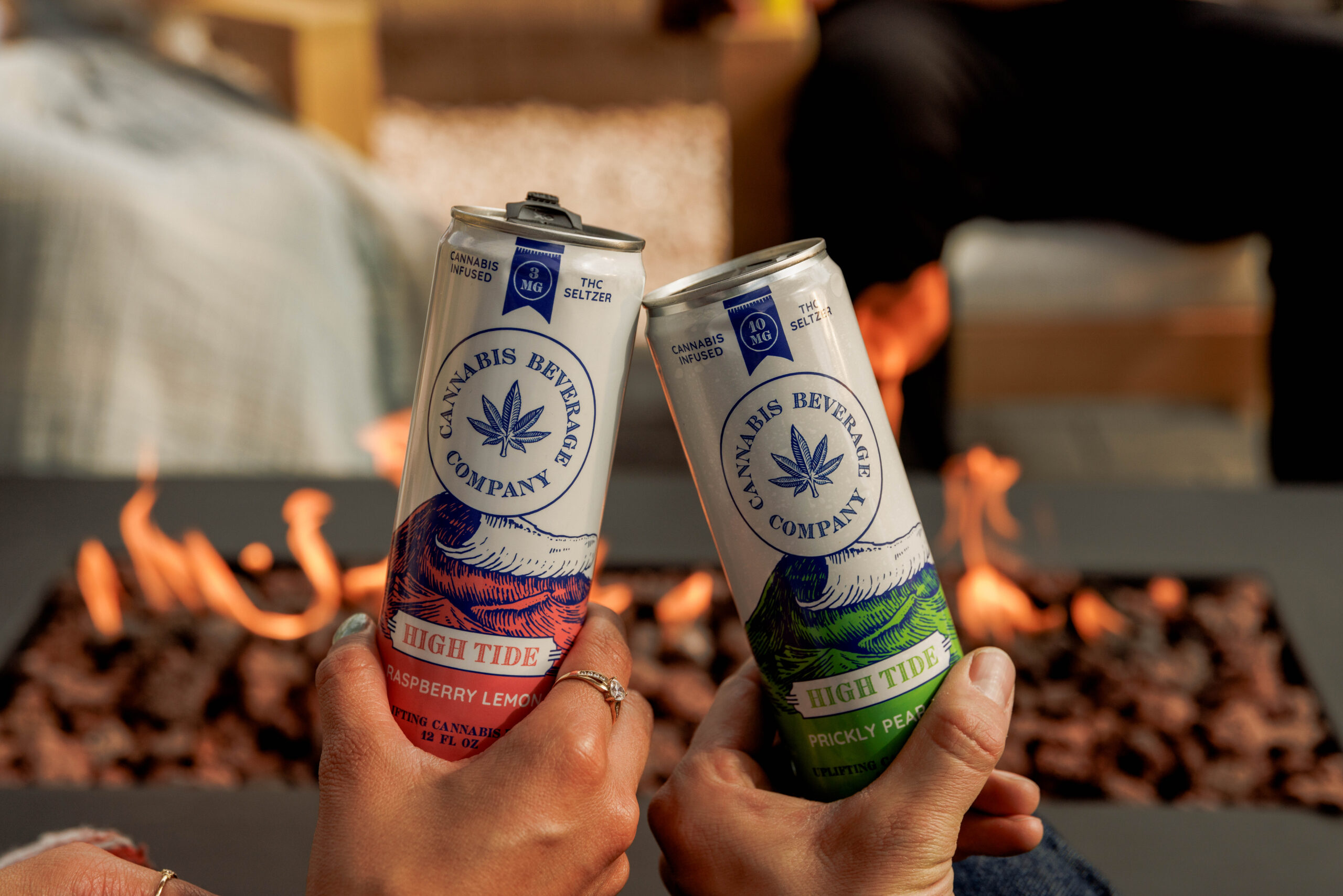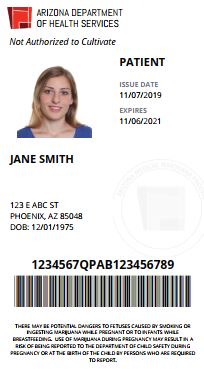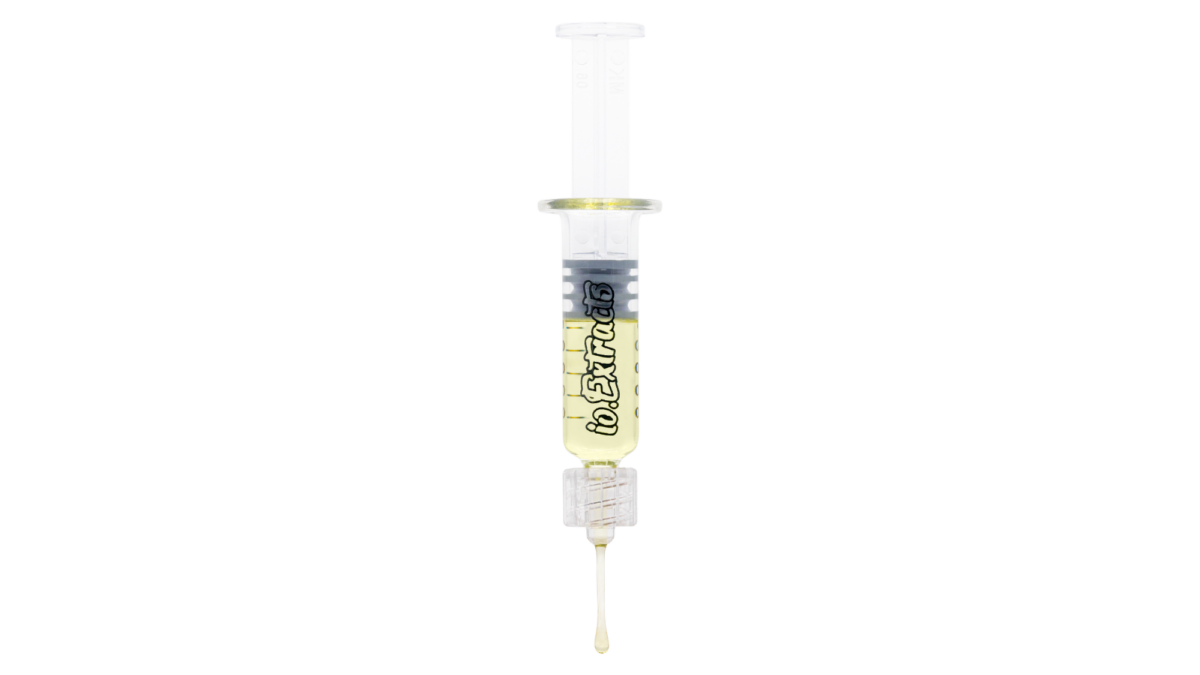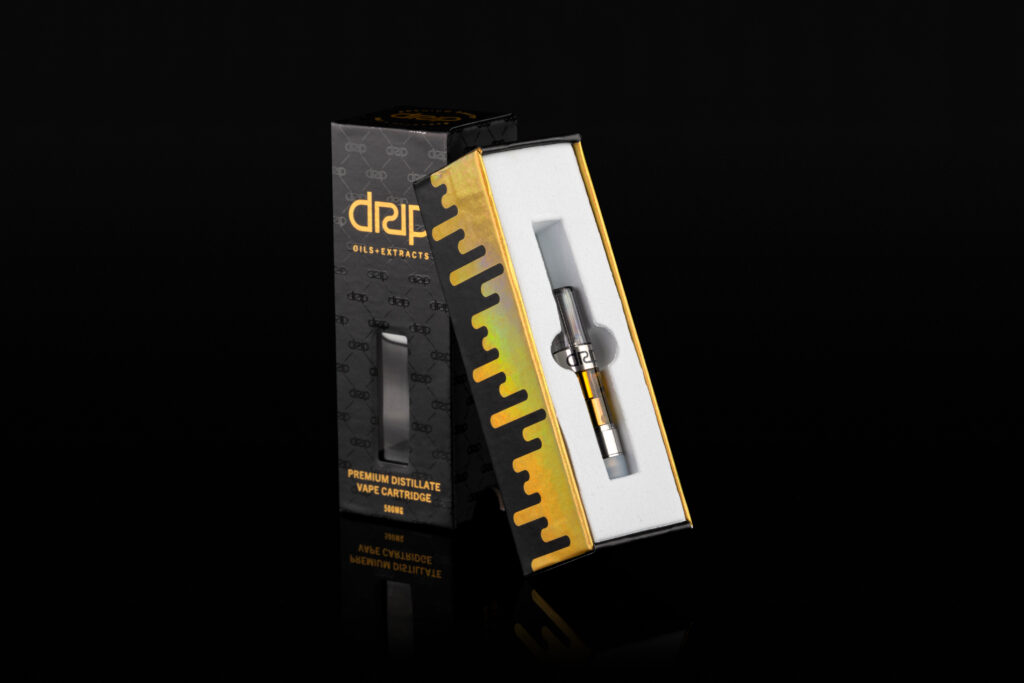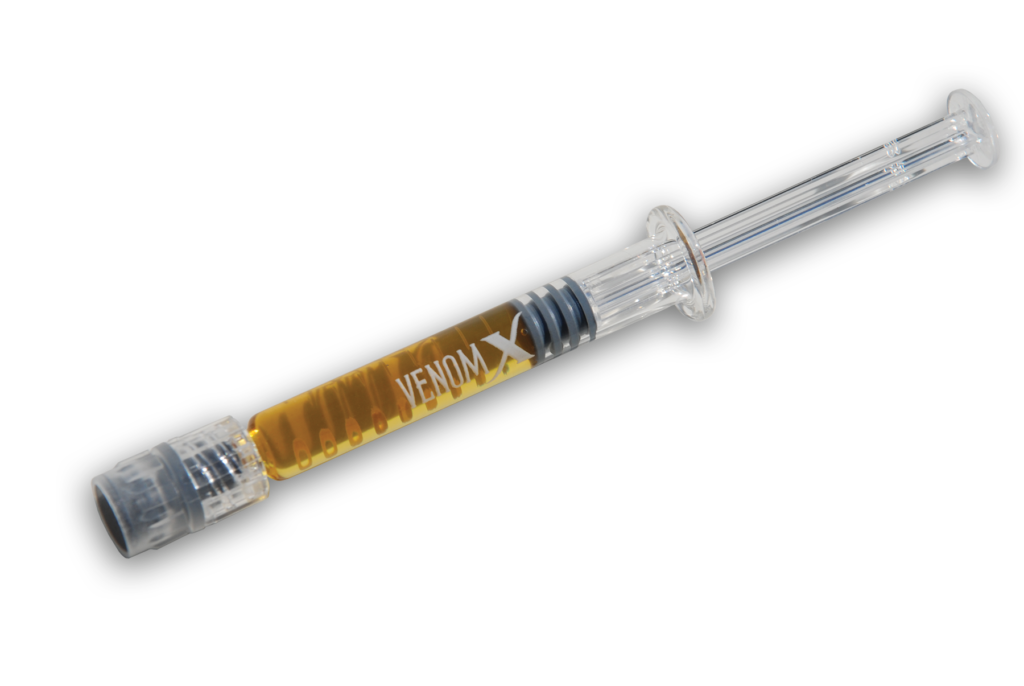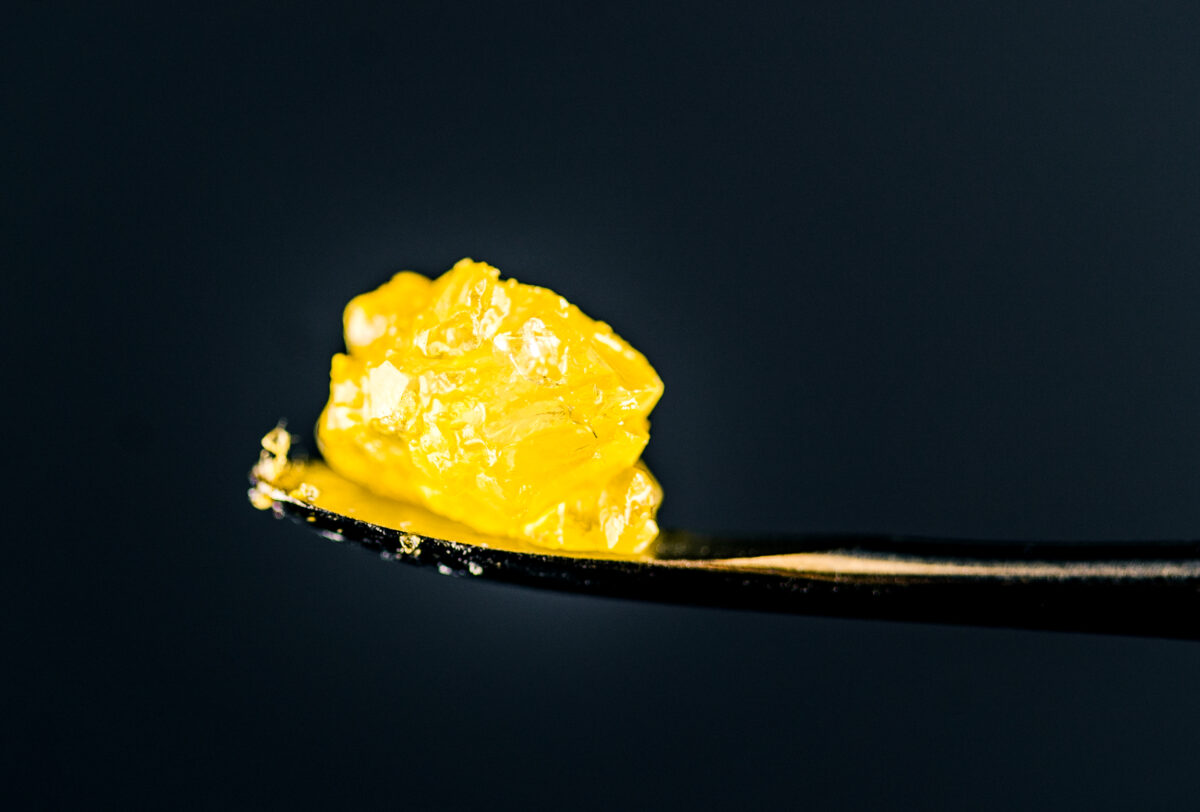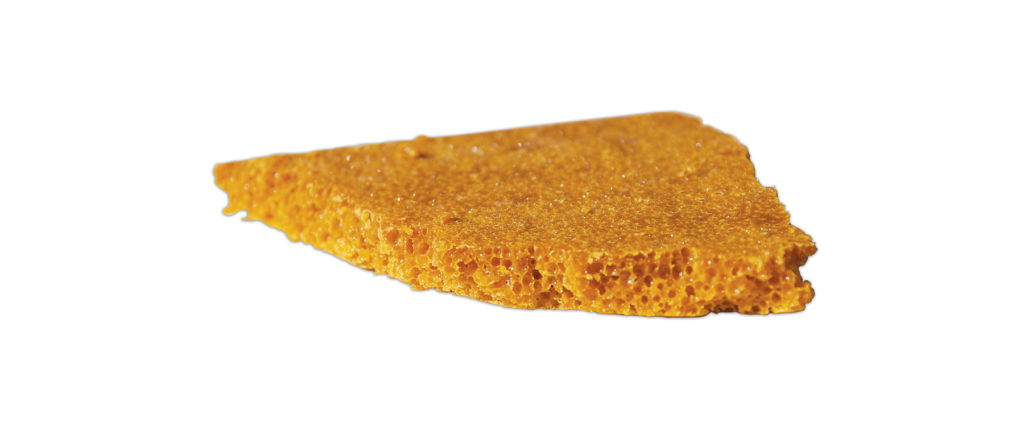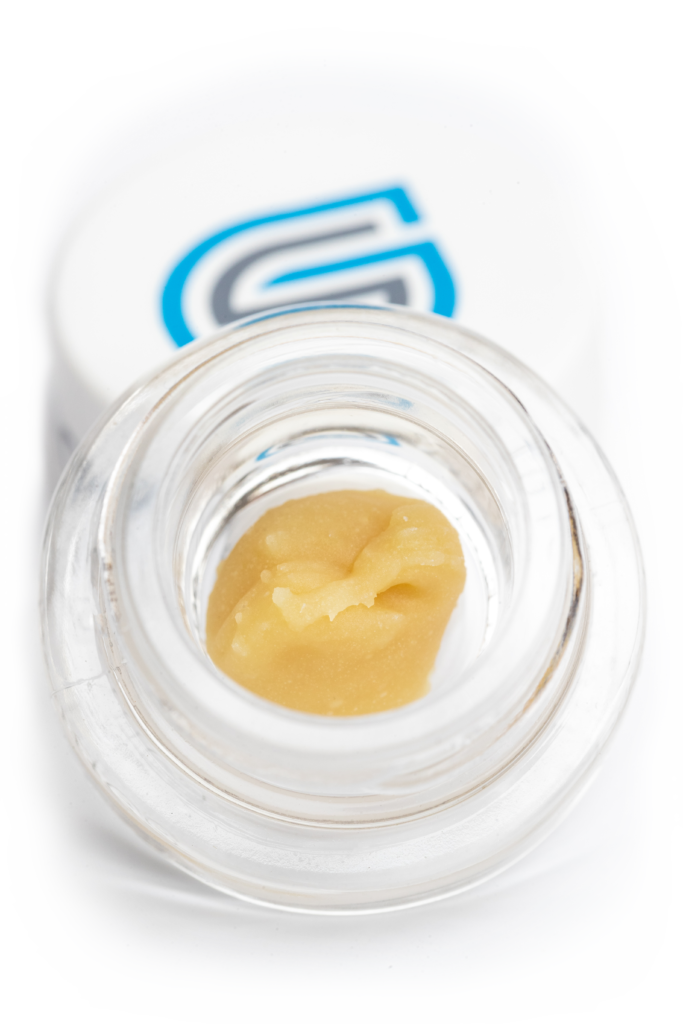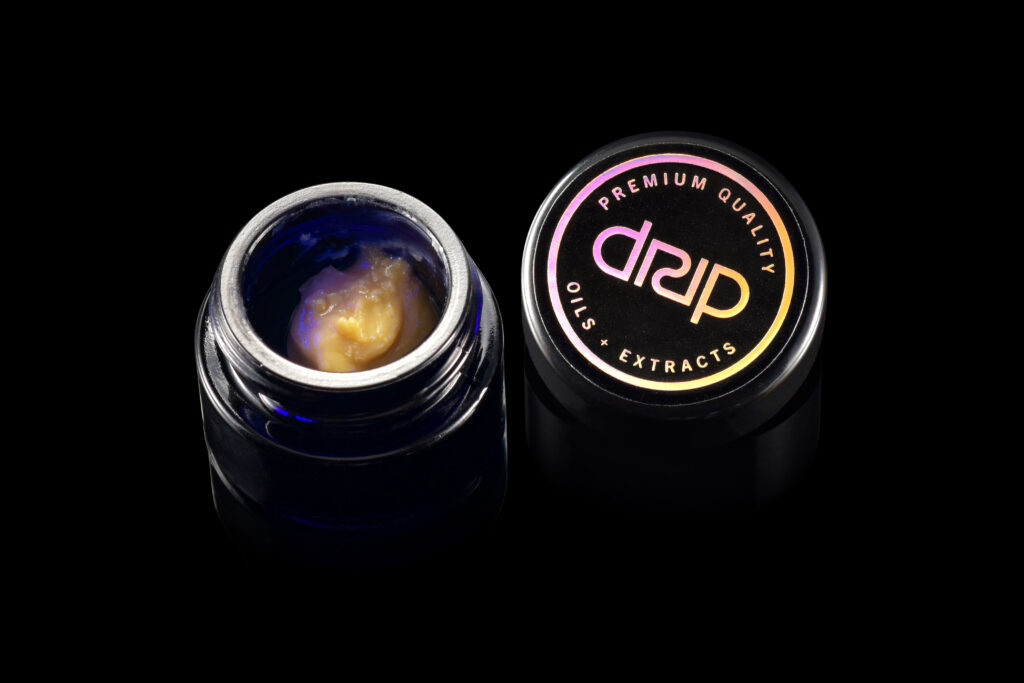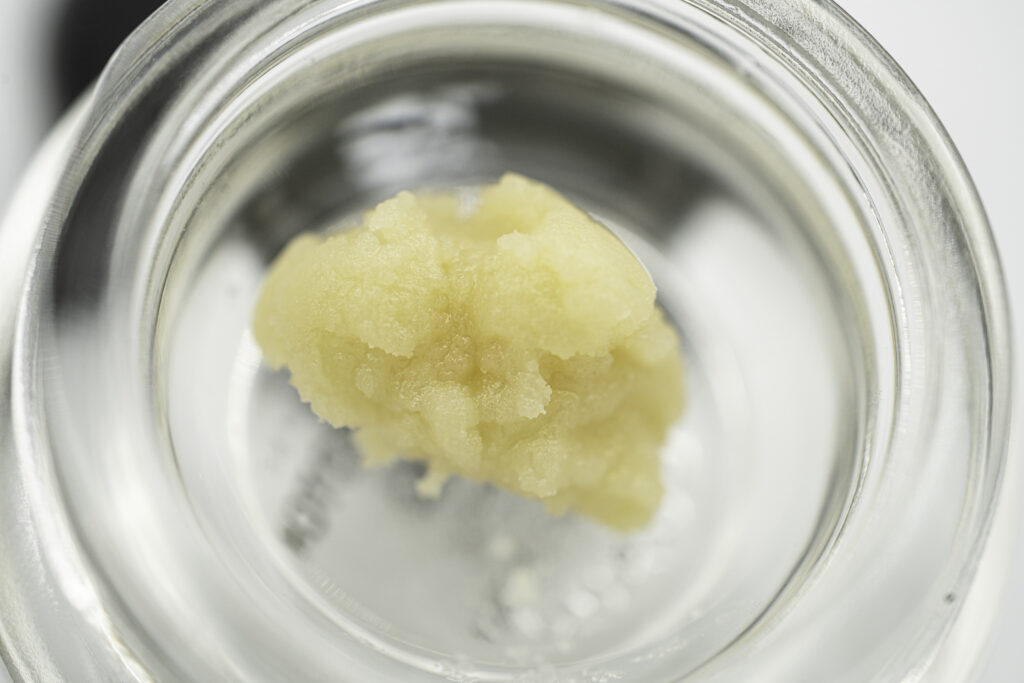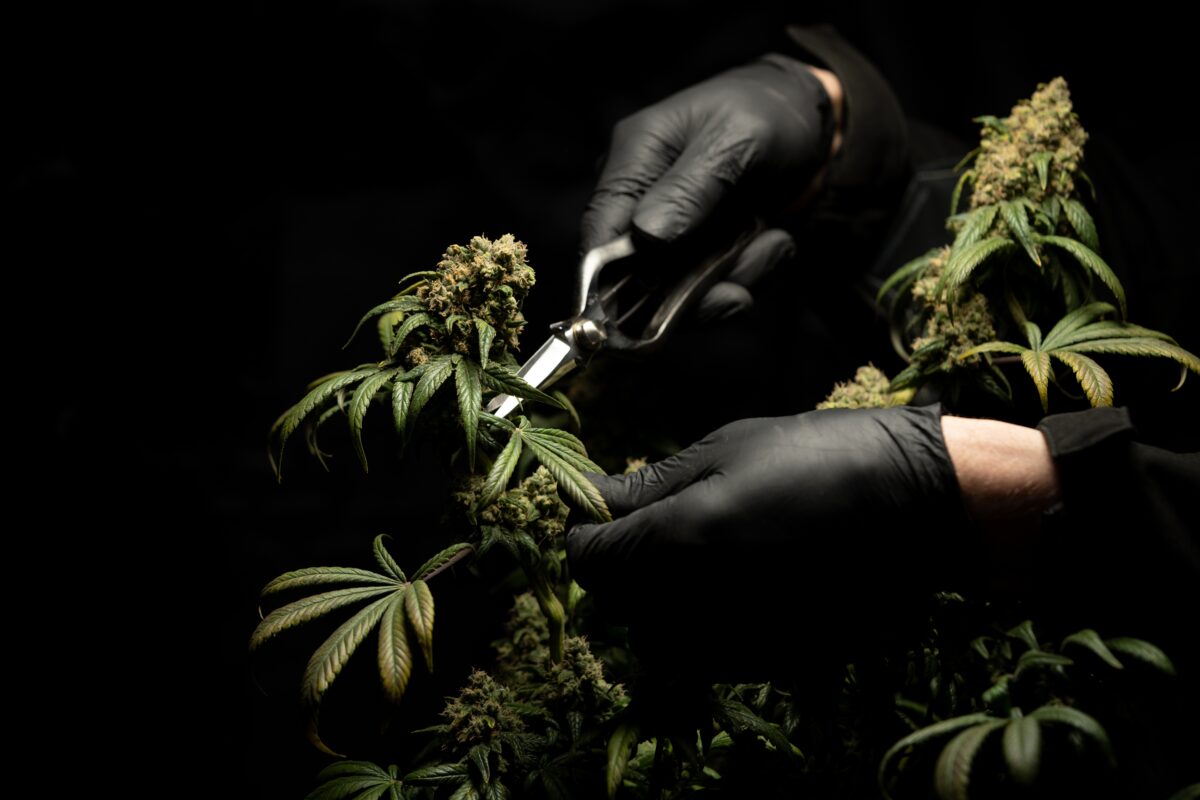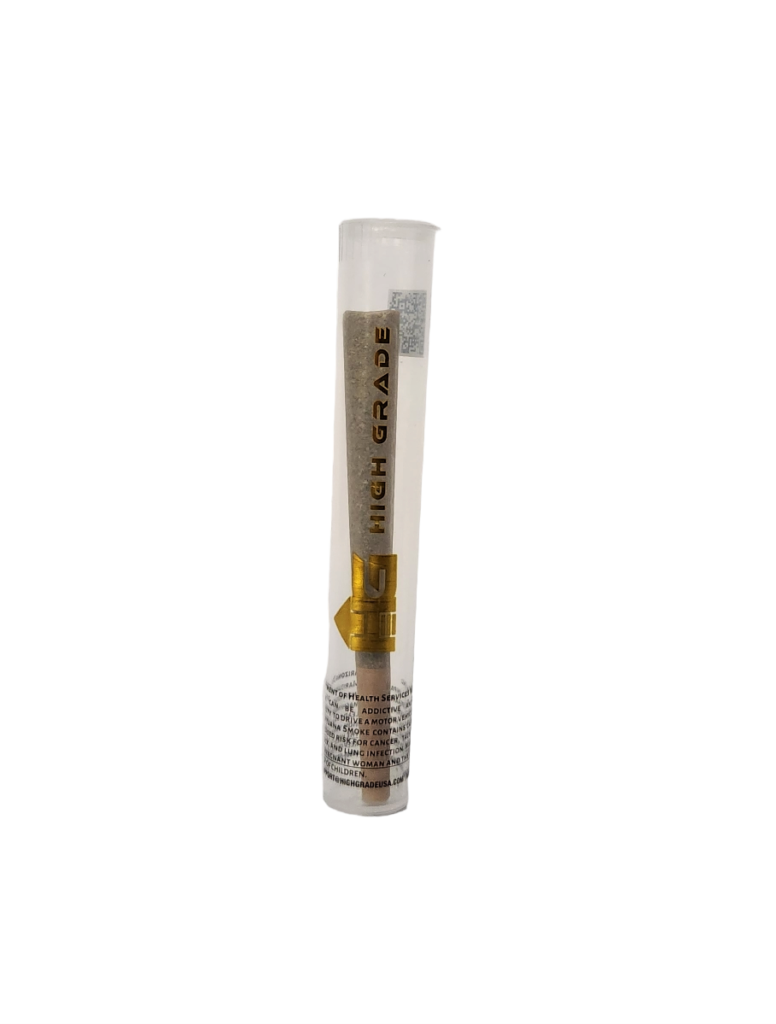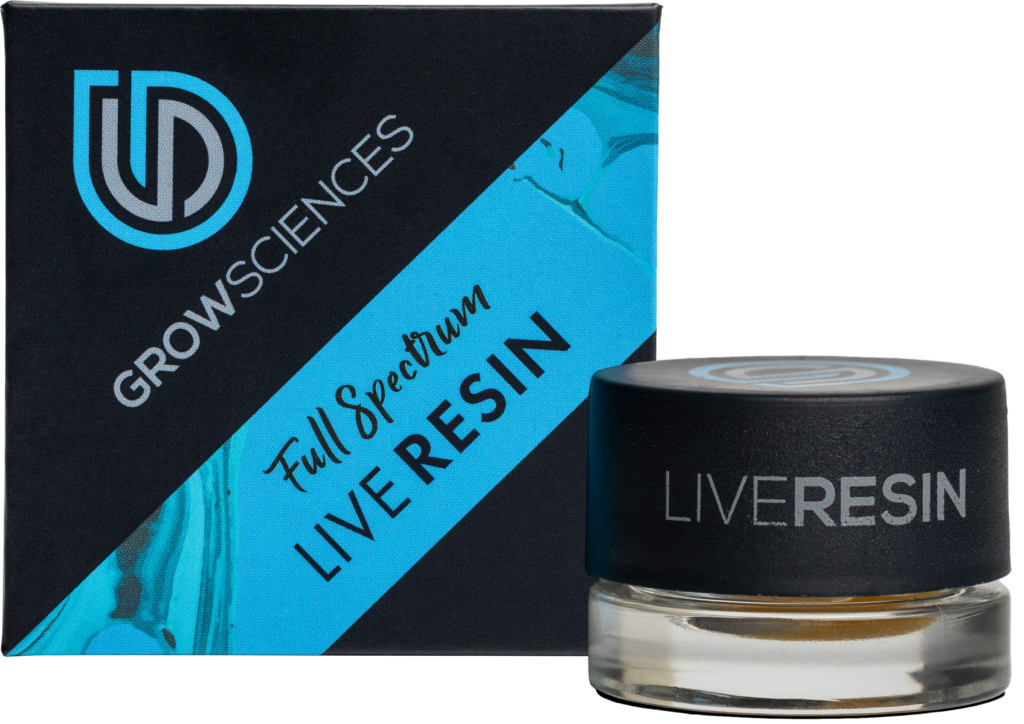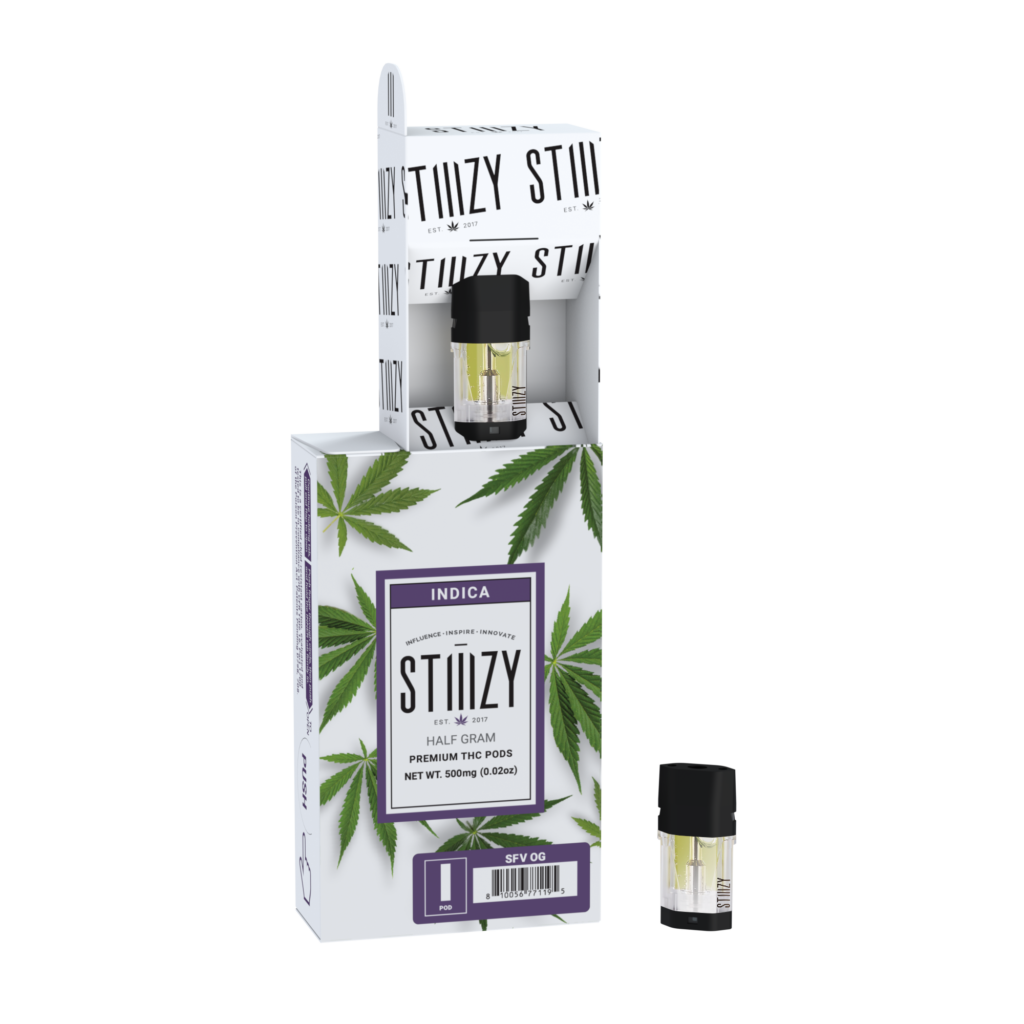A Starter Guide to Flower
If you’re just getting started on your cannabis journey, one of the first forms of weed you will probably encounter is flower. It’s one of the most basic forms of cannabis, which gives you a lot of options and allows you to do a lot with it.
However, all of those options can make things a little overwhelming for a beginner so we’re here to give you a hand and help lead you into the wonderful world of Flower.
Understanding Cannabis Anatomy
To start off, it can be helpful to understand the basics of the anatomy of the Cannabis plant. The plant is made up of a number of different parts but the important one that you need to know about is the bud.
The bud (also known as the flower) is the part of the plant that grows in between the leaves and is the part of the plant that has the highest concentration of cannabinoids like THC and CBD.
Additionally, on the bud, you’ll find tiny, crystal-like structures called Trichomes. They are the primary site for cannabinoid and terpene production and they give the plant a frosty appearance and contribute to the potency and aroma of the flower.
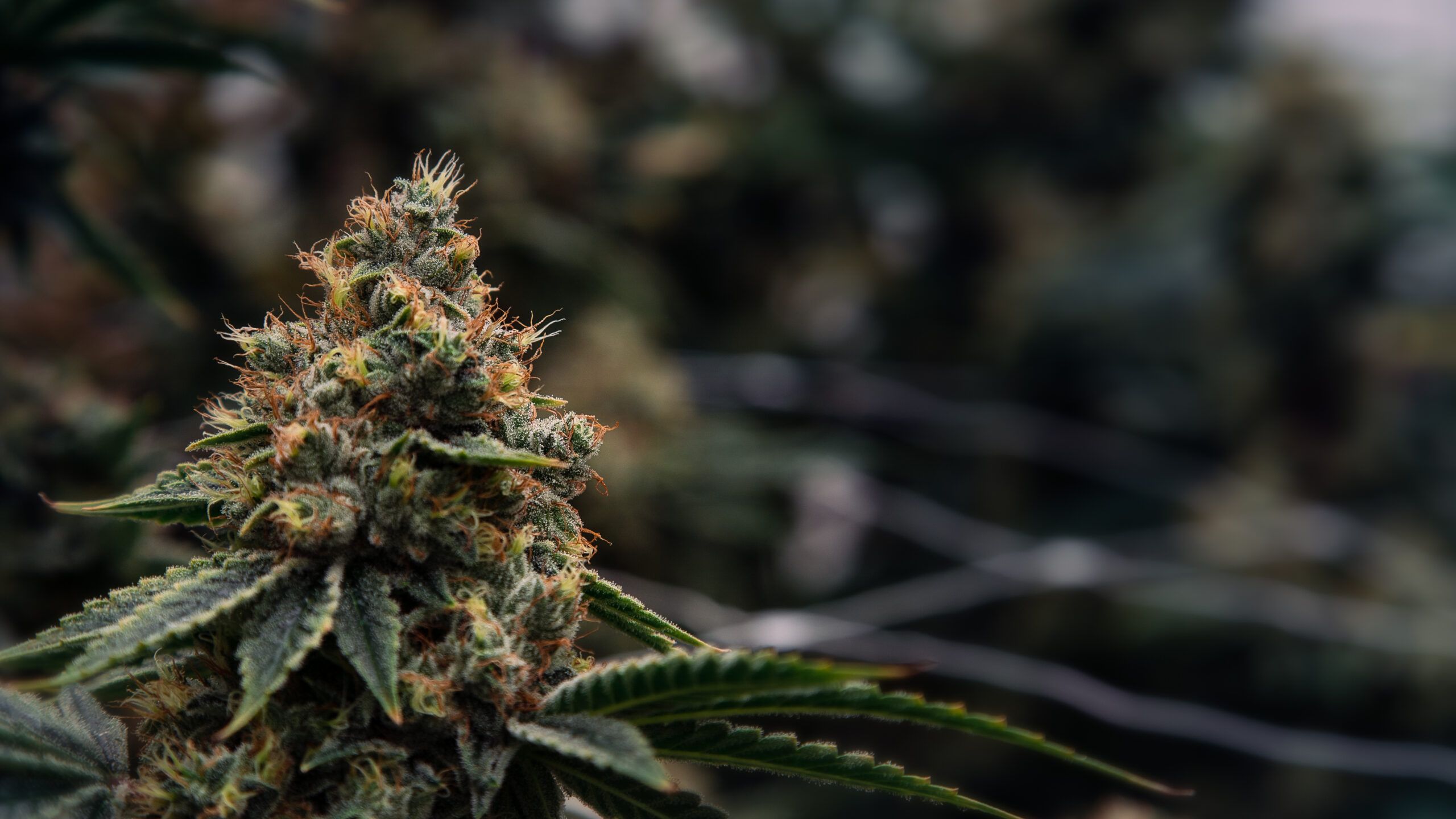
When it’s ready, growers will harvest the bud from the plant and process it. In its most basic form, this is what you will get when you purchase flower from a dispensary.
Choosing the Right Flower
With so much variation in the effect of the different types of flower, you’re going to want to make sure that you’re choosing a strain that works for you.
You may want to look at the classification of that particular flower, whether it’s an Indica, Sativa, or a Hybrid strain. Indica strains are associated with relaxation, Sativa with energy and focus, and Hybrid with a combination of effects.
Learn More: Indica v. Sativa: What’s the difference and why the industry is moving away from them
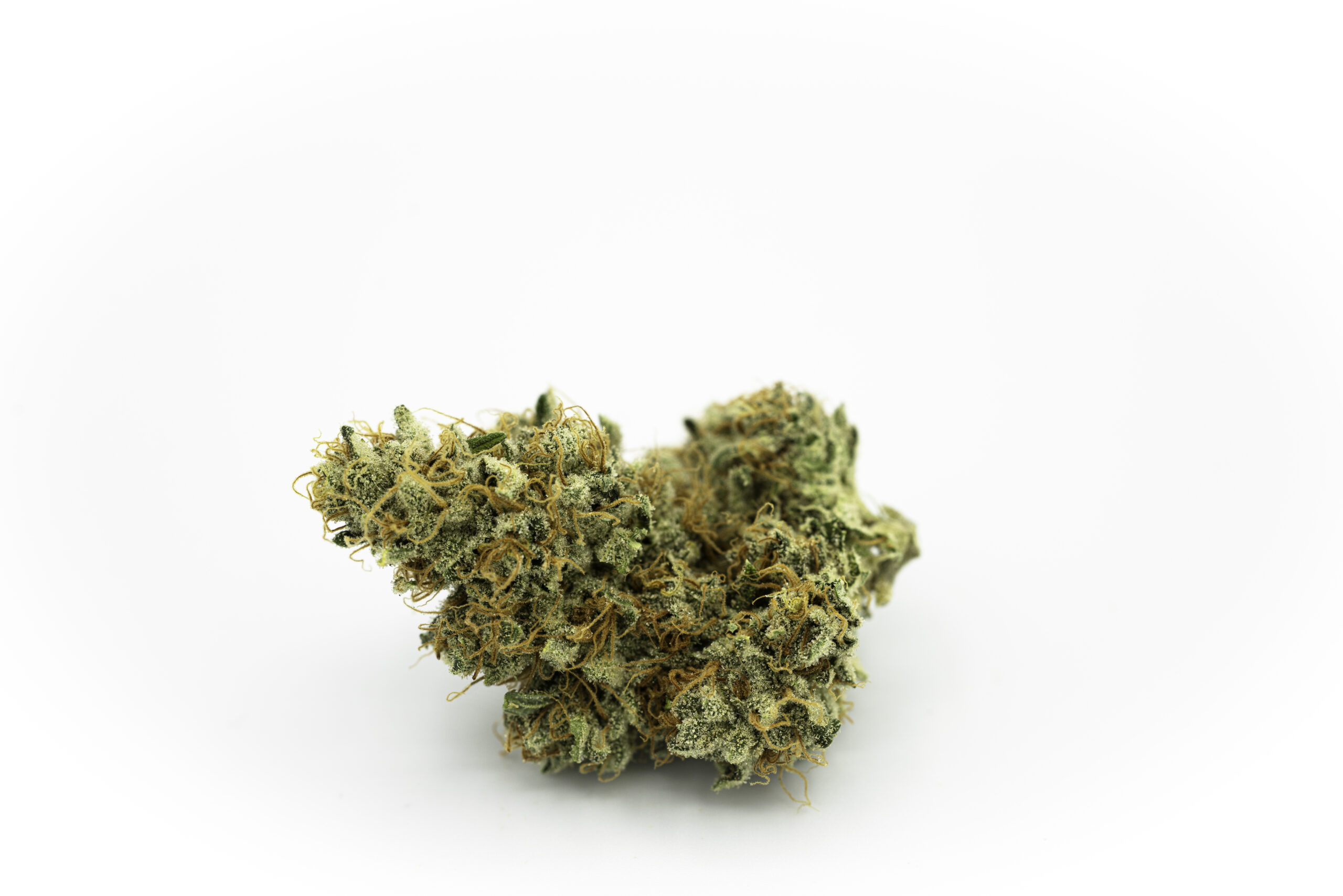
You may also want to look into the cannabinoid and terpene profiles of different strains. Many brands are starting to talk about those profiles on their website, packaging or both. If you can’t find that information, then you can always ask your budtender about it.
The Different Ways to Consume Flower
Since Flower is cannabis in its most basic form, pretty much every product you see in a dispensary is derived from flower but there are a number of ways that you can consume flower without a lot of extra steps on your end.
Pre-rolls
The easiest, most beginner-friendly way to smoke flower is through a pre-roll. As the name suggests, a pre-roll is a joint that you purchase already rolled and ready to smoke out of the package.
Pre-rolls are popular for their ease and convenience. They’re great for beginners or for people who aren’t as confident in their rolling skills.
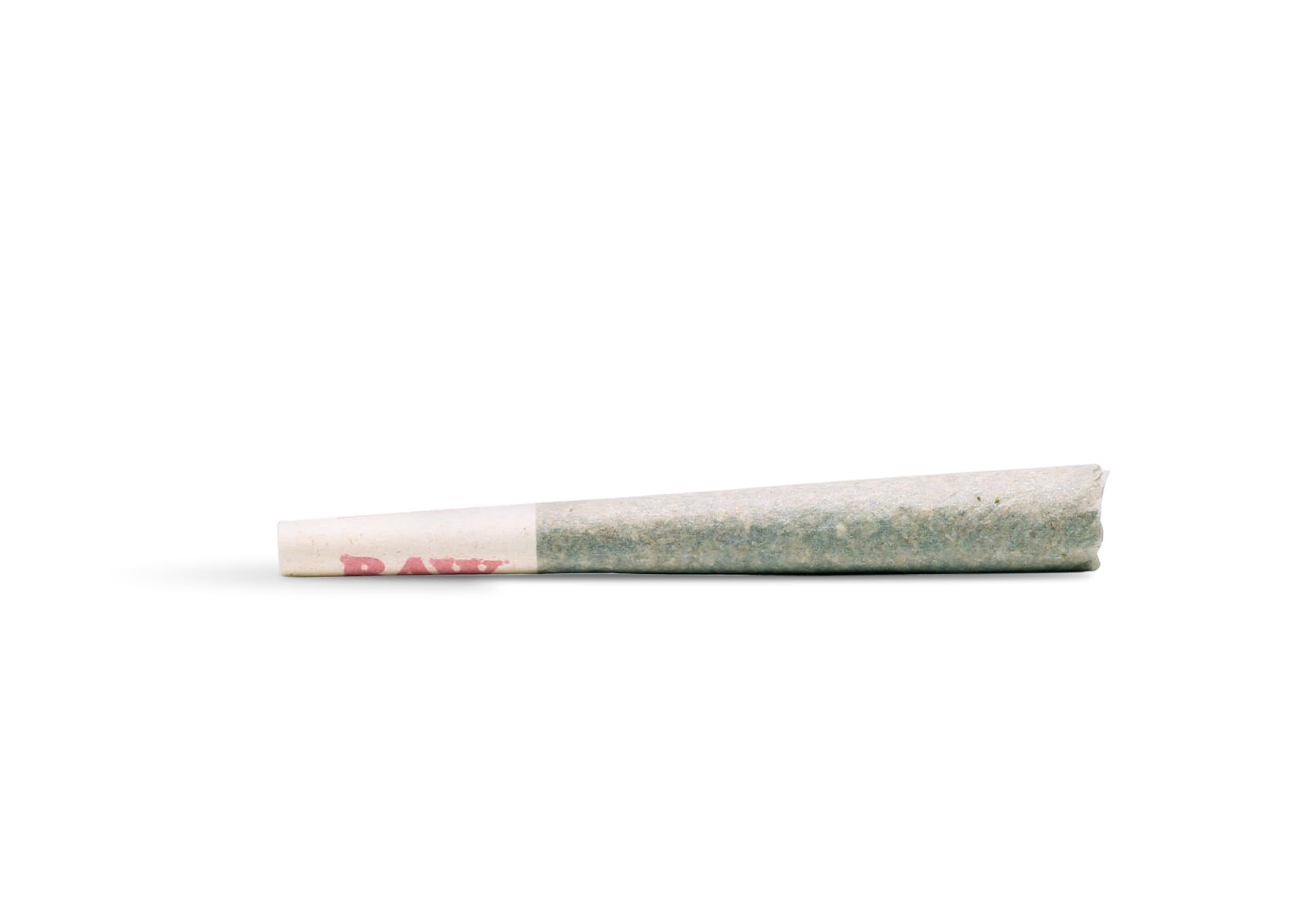
Rolling your own
If you don’t mind putting in a little more effort you can always roll your own. To roll your own joint or blunt, you would need to purchase some prepackaged flower, grind it up into a fine texture and then roll it up into rolling papers or wrappers.
Making your own joint may seem a little intimidating at the start and your first couple may not look the best, but like with anything, it just takes a little practice. There are a lot of great resources and tutorials out there that will help you and even take you step by step through the process.
Don’t be afraid to give it a try, before you know it you’ll be rolling like a pro.
Smoking in a bong/pipe
Another popular way to consume flower is smoking it through a bong or a pipe. This entails taking the ground up flower, placing it to the section of the bong or pipe called the bowl, igniting it and inhaling it through the mouth piece.
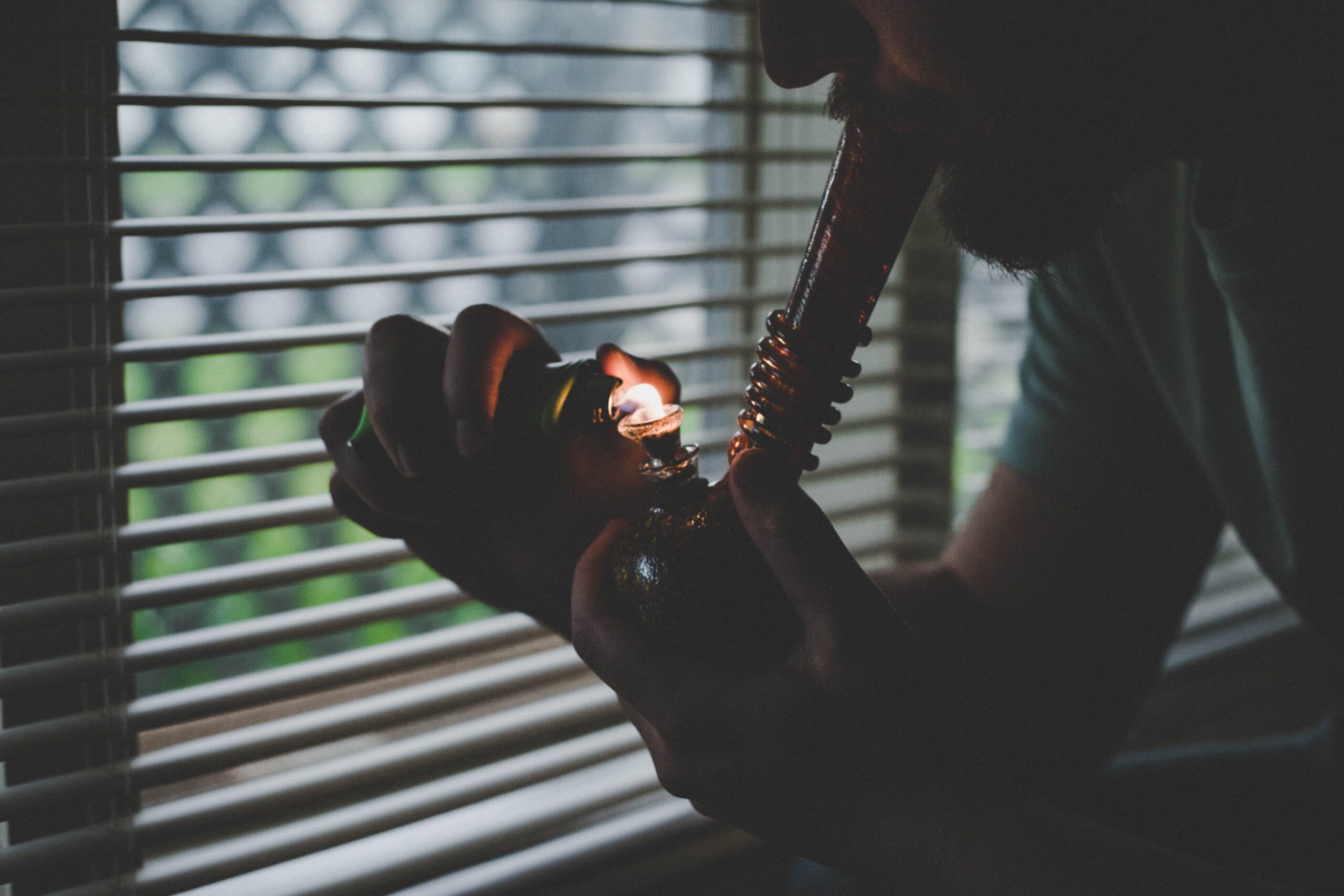
Some people may get intimidated by using equipment while smoking, but similar to rolling there are a lot of resources out there to show you how it’s done. With some time and a little bit of practice, using a bong or a pipe can become second nature.
Flower is one of the most versatile forms of cannabis and is popular with new and seasoned users alike. If you’re looking to give flower a try yourself, then come on down to NatureMed and we’ll make sure you have everything you’re going to need.
Check out our flower menu to see what we have to offer and our specials page to see the ways you can save.

